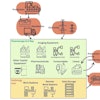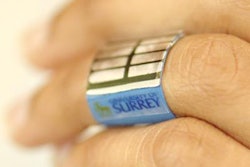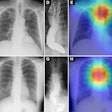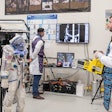Dear Digital X-Ray Insider,
In this edition of the Digital X-Ray Insider, we bring you the story of how gains made under one of the biggest public health success stories of the 20th century are being reversed -- with potentially disastrous consequences.
Researchers from the U.S. National Institute for Occupational Safety and Health (NIOSH) have confirmed anecdotal reports that black lung disease is on the rise again among coal workers, especially in the central Appalachia region that is the heart of coal country. A NIOSH group analyzed records from the federal x-ray screening program that began in the 1970s to screen miners for signs of black lung disease, also known as coal workers' pneumoconiosis.
Their chilling finding: After falling to an all-time low in the late 1990s, rates of black lung disease have climbed again and are now double where they were in 2000. What's more, prevalence rates in central Appalachia are double the national average, and rates of more severe disease related to inhalation of coal dust are growing as well.
The revelations come as the black lung screening program has become a political football on both the federal and state levels. Coal companies have sought to relax rules on occupational exposure to coal dust, while miners' unions support stronger rules. And all the while, there is a looming tsunami of lung disease in long-term miners.
Read more about this important story in the Insider Exclusive.
What else has been going on in the world of digital x-ray? Click here for a fascinating article on research being conducted that may lead to flexible x-ray detectors that could have a variety of applications in the clinical environment.
And learn about an artificial intelligence (AI) algorithm that generates artificial x-ray images that look just like the real thing. Why would anyone want a fake x-ray image? Click here to find out.
Will the global market for digital radiography systems continue to show positive growth? Simon Harris of market research firm Signify Research offers his perspective in an article you can read by clicking here.
These stories and more are available in your Digital X-Ray Community, at xray.auntminnie.com.



















